James Bird’s The Brave, Donna Gephart’s Lily and Dunkin, and Paige Rawl’s Positive: Do the Authors Properly and Responsibly Represent Bullying?
This critical essay won a Gold Key from the 2023 Scholastic Art and Writing Awards.
CONTENT WARNING: Please be aware that this essay discusses topics including bullying, self-harm, and suicide. It also contains strong language.
Picture walking down a school hallway and seeing a group of girls whispering to one another as they point in your direction. You feel their eyes on you as you overhear their unrestrained giggling, and your cheeks redden. Then you hear, “Geek! Weirdo! Dork!,” as you are pelted with spitballs, but you force yourself to keep walking, even though your legs feel like jello and your heart is racing. You are intensely — painfully — aware of yourself, as you suddenly feel different and alone. All you want is to run home and never come back, but you hear the schoolbell ring and you know that you have to go to your first class. Would it benefit you to read Paige Rawl’s memoir, Positive, in which she recounts how she was bullied in school for being HIV positive? Could it be cathartic to either read James Bird’s The Brave or Donna Gephart’s Lily and Dunkin in which the respective protagonists, Collin and Lily, are targeted for having OCD and for being transgender — or could reading these three books actually damage your already fragile psyche? I personally endured social bullying when I was in fourth grade. If I had chosen to read these three books when I was at my lowest point, I would have felt that much more lonely and helpless. Though I would have been grateful for the way that these authors depict the physical and emotional effects of bullying, I would have struggled with the irresponsible messages that all three authors convey and felt selfish and guilty for feeling so traumatized. Writers who tackle the issue of bullying must be mindful of how potent their words are to those who have been or are currently being bullied.
What most tormented me when I was being bullied was why I, personally, had been singled out. Was there something so undesirable about me that girls felt like they just had to shun me? Writers who address bullying in their works must first establish that bullying can happen to anyone. Bird, Gephart, and Rawl smartly inform their readers, at the onset, that the protagonist or memoirist in each of their literary works is being bullied for reasons over which that character or person has no control. If I had read these accounts when I was being bullied, I would have realized that it wasn’t my fault; there wasn’t something inherently wrong with me. Bullies will find any reason to target somebody. As Rawl points out, in Positive, people will turn against victims of bullying – who never themselves did anything wrong – simply because they are “pretty or not pretty or autistic or have a health condition or (are) gay or just being themselves” (Positive, 248). Years after I had been bullied, I asked one of my former friends why she, like many girls within our social circle, chose to exclude me. Her response stunned me: she said she had no idea. She then reassured me that the bullying was never my fault, which should have been comforting but wasn’t. I still felt lost and hurt. Perhaps, Rawl was right: I was made the pariah simply for being myself.
I was in so much pain when I was being bullied — and for years afterward — and yet I was constantly questioning whether I was actually being bullied or just being overly sensitive. I needed someone or something to validate my experience. Reading these literary pieces, which each underscore at least one of the four types of bullying — verbal, physical, social, and cyber — would’ve helped me confirm that I was indeed a victim of bullying.
It is essential for writers who explore an anti-bullying theme to accurately portray the type of bullying they are representing. Rawl, Bird, and Gephart perfectly illuminate verbal bullying in their works. Verbal bullying can entail oral and/or written insults. Rawl’s bullies continually call her “PAIDS” (Positive, 87), send her notes that say “You bitch, you hoe” (Positive, 113), and leave her messages on the school’s bathroom wall like “Slut. Go home” (Positive, 113), while Bird’s and Gephart’s bullies respectively address their protagonists as “Freak” (The Brave, 119) and “Fag” (Lily and Dunkin, 136,189, 284). Though words have an energy and a strength to them, bullies carelessly throw them around without a second thought. It is an author’s responsibility to help bullies connect their hurtful words to their victims’ pained reaction.
It is also a writer’s duty to reflect the stark reality of physical bullying, which both Bird and Gephart successfully do. Bird deliberately shows how Collin’s bullies use physical actions to humiliate Collin, as he is tripped, shoved, and even urinated on when his back is turned (The Brave, 181). Gephart inundates her novel with examples of physical abuse as Lily has her hair yanked, (Lily and Dunkin, 136), her head slammed into a locker (Lily and Dunkin, 194), and her shorts and underwear violently pulled down (Lily and Dunkin, 301). I am glad that Gephart and Bird so brutally depict these scenes, for I can feel Collin’s and Lily’s shame when their bullies physically harass them. My hope is that those who physically bully will read these portrayals, feel remorse for their actions, and finally show mercy to their victims.
Rawl just as effectively represents social and cyber bullying (i.e. bullying through a technological device), two forms of relational aggression. I believe that girls, as a whole, tend to engage more in this form of bullying, because it is less confrontational and harder for school administrators to spot. Girls also recognize that there is nothing worse to a girl than to feel ostracized. When Paige’s former friend spreads rumors that she has AIDS (which is not true), Paige notices that kids avoid her, as if her condition is contagious (Positive, 80). She would often see a group of girls staring at her and overhear their not-so-silent whispers: Paige is “the girl with AIDS…don’t touch her” (Positive, 96). Sadly, Paige also receives threatening, hurtful instant messages on her computer (Positive, 74).
Though I was never cyberbullied, as I avoided social media, I too was socially bullied. My former friends would purposely exclude me by having daily private talks with everyone in our social circle except me. When they’d see me as they were coming off the bus, they would turn their backs and walk away from me, and when I tried to get close, they would intentionally run away from me. They would pretend as though I didn’t exist when I was forced to sit next to them in chorus, and pretend that they didn’t even hear me when I tried to talk to them. Often, I would hear them whisper to each other and then laugh in unison when they’d see me. When I read Rawl’s account of social bullying, I felt comforted, because I could finally put a name to what I had experienced; I didn’t feel as powerless. I hadn’t fully realized that I had been socially bullied until I read Positive. I knew that my former friends were mean to me, but I didn’t comprehend that it was actually bullying. Realizations like mine are why it is so important for writers to accurately portray bullying.
All three authors authentically capture the devastating physical and emotional toll of bullying. Paige, Collin, and Lily all struggle to breathe when they are confronted by their bullies; they feel their legs tremble and their heartbeats quicken, and they experience frequent stomach aches and headaches. Paige even gets seizures as a result. I frequently had debilitating headaches, and my heart often felt like it was beating out of my chest. I also experienced flu-like symptoms like chills and muscle aches. I was hurting from head to toe. I was also hurting emotionally, so I could relate to Paige, Collin, and Lily who each dreaded going to school; they felt either ashamed, dirty, or ugly, and profoundly felt their ‘differentness.’ For me, the loneliness was crippling, yet I’d beg my mother to let me stay home so that I could play with my dog whom I knew would give me unconditional love. I felt intense anxiety when school vacations ended because I knew that I would have to return to school, and I often had nightmares. If I had read these books while I was being bullied, I would have seen myself in Paige, Lily, and Collin, and realized that my reactions were normal.
However, there are numerous ways in which Rawl, Bird, and Gephart irresponsibly depict bullying and its aftermath. Rawl is careless when she unintentionally romanticizes her experience with self-cutting and downplays her own suicide attempt. Writers who tackle bullying in their works must be authentic and honest, so I applaud Rawl for including her self-destructive coping mechanisms in her memoir; people who are being bullied need to see what can happen if they don’t find a constructive way to deal with the ongoing trauma that bullying causes. I just wish that she had been more forthright, for she makes self-harm sound appealing — almost dreamy — as she poetically waxes, “Here is a blade and here is my skin…The music was loud, and my skin was pale, and my blood was red….It was a relief. I felt calm” (Positive, 128-129). Yet, where is the fear that she may have cut into an important vein? Where is the mention of the permanent scars it leaves? Rawl never says anything that would dissuade somebody from pursuing self-cutting; if anything, she may be implanting the idea into somebody’s head. I also don’t think her depiction of suicide is brutal enough. The only real side effect for her is excessive fatigue, but there had to be other physical symptoms as the fifteen pills that she swallowed took effect. Did she not experience severe stomach cramps or vomiting? Did she ever struggle to breathe? A thoughtful writer would have depicted suicide more realistically. Readers need to feel how frightening a suicide attempt can be, and it’s a writer’s duty to convey that.
It is also a writer’s obligation to help those who are bullied feel supported and loved. Unfortunately, Rawl and Gephart foolishly imply that people who are bullied need an entire village of supporters to help them successfully move past the trauma of bullying; one person alone will not suffice. Lily isn’t able to tune out the bullies until her resistant father finally accepts her, even though she already had the unwavering support of her mother, sister, best friend, and therapist. Likewise, it is not enough for Paige to be bolstered by her mother and close friends; she further needs the communal love of a support group and camp. Yet, some people who are bullied only have one person on whom they can rely; some may not have any support at all. What if you do not have a parent or best friend to confide in like Paige, Collin, and Lily? What if you do not have access to a therapist or an anonymous support group like Lily and Paige? Though I was fortunate enough to have the backing of my family, I felt like I needed somebody my own age — at school — who could eat lunch with me, play with me at recess, and in general laugh with me. Nevertheless, this was not a possibility, since it was my very own friends who were excluding me. It would’ve been unhealthy for me to read these books when I was being bullied, for I would have felt like there was no way to move beyond the experience without the added support of friends.
I also think that it is callous of Rawl and Bird to insinuate that their readers are somehow being selfish if they dwell on their own personal experience when others may be suffering as well. Collin views his own pain from being mercilessly bullied as insignificant when his friend begins to succumb to ALS. He reveals that he “couldn’t care less” about his experience with bullying now that “some stupid disease has chosen“ his friend “to torment” (The Brave, 262), and Paige chastises herself for “being so aware of (her) own struggles” (Positive, 249) when she realizes that it isn’t really just about her own experiences — and the “smallness of the world (she) started in” (Positive, 245) — it is really about something “far more meaningful,” it is about “making a difference for others” (Positive, 259). To me, they are downplaying the very real emotions that people experience when they are being bullied. Authors who write about bullying should not make victims of bullying feel guilty for their very justifiable feelings. My experience with bullying matters, irrespective of others’ hardships. Writers need to be more aware of how they are conveying their message.
Bird is clearly not considering the message that he is communicating when he divulges, towards the end of the novel, that Collin has ‘tamed his inner wolf’ and rid himself completely of his OCD. Bird is dangerously claiming that OCD is curable and simply dependent upon the willpower of those who are afflicted with OCD, which is inaccurate. He is further implying that the only way that Collin can be happy is if he is liberated from the very thing for which he is bullied. Collin exclaims that he is finally “excited about the future” (The Brave, 308) now that he is “free” of his OCD: “I can’t wait to go back to school and not be afraid to make eye contact with anyone. I can’t wait to talk to people” (The Brave, 303). This is ableism, and it is unacceptable.
Furthermore, authors who represent bullying have a responsibility to show that bullying can have long-lasting lingering effects. I am frustrated that Gephart fails to address these. A self-assured Lily, at the end of the novel, resolves to be herself regardless of the bullying by proudly going to the school dance in a dress. Lily is somehow no longer afraid of being physically pummeled and no longer emotionally affected by her bullies. She reflects, “I think about how (my bullies) tried to shame me for being myself. I think of the reaction I’ll get when I walk into the dance as me — Lily Jo McGrother — girl. I’m ready” (Lily and Dunkin, 314). Gephart’s conclusion may prompt readers to question their own mettle if they are still affected by the bullying years later. After all, Lily is able to recover by the end of a school year, even though her bullies are still tormenting her.
Though Rawl addresses the persisting consequences of bullying, she claims that she only felt those effects for a short while. Once Rawl becomes a motivational speaker, those effects seemingly disappear, as the bullying she endured “faded into the distance, settling deep into (her) past” (Positive, 243). I think, in Rawl’s attempt to inspire, she sugarcoats her reality. It bothers me that Rawl claims she’s “grateful for the whole experience” (Positive, 245). Her statement is dangerous. It is almost thanking the bullies and justifying their actions; if they hadn’t bullied her, then she would have never discovered her purpose in life: to be an advocate for others. She wouldn’t be asked to be on talk shows or to participate in photo shoots or driven in limousines to meet celebrities — all superficial things which Rawl mentions at the end of her memoir (Positive, 243).
Personally, I feel no gratitude towards my bullies. I wish it never happened, because I liked the way I saw the world before I had experienced that much pain. I am forever changed by my experience with bullying: I had once been animated and fearless, yet I’ve become reserved and self-conscious. I am afraid to initiate conversations with my peers and instead wait for them to talk to me. I tense up when a teacher tells us to pair up with a classmate of our choice for a group project. I weigh each word before speaking to one of my peers in fear that I may say something that may turn that person off, and I am afraid to confide in or become too attached to a friend, because I cannot handle being hurt again. So I wish that Rawl, Gephart, and Bird had thought more about the consequences of their words. It is irresponsible of them to depict themselves or their characters as stronger and even better off after their experiences with bullying. Writers have the power to impact the way that school-age children view themselves as well as how they treat one another. It is time for them to recognize their role and help end bullying once and for all.
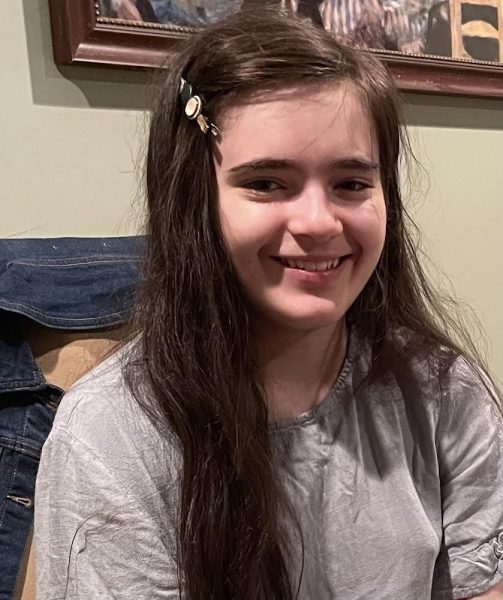
Cassi Sullivan is a freshman at Hamilton Wenham Regional High School. She loves to play the violin, paint, write poetry, play ping pong, and hang out with...

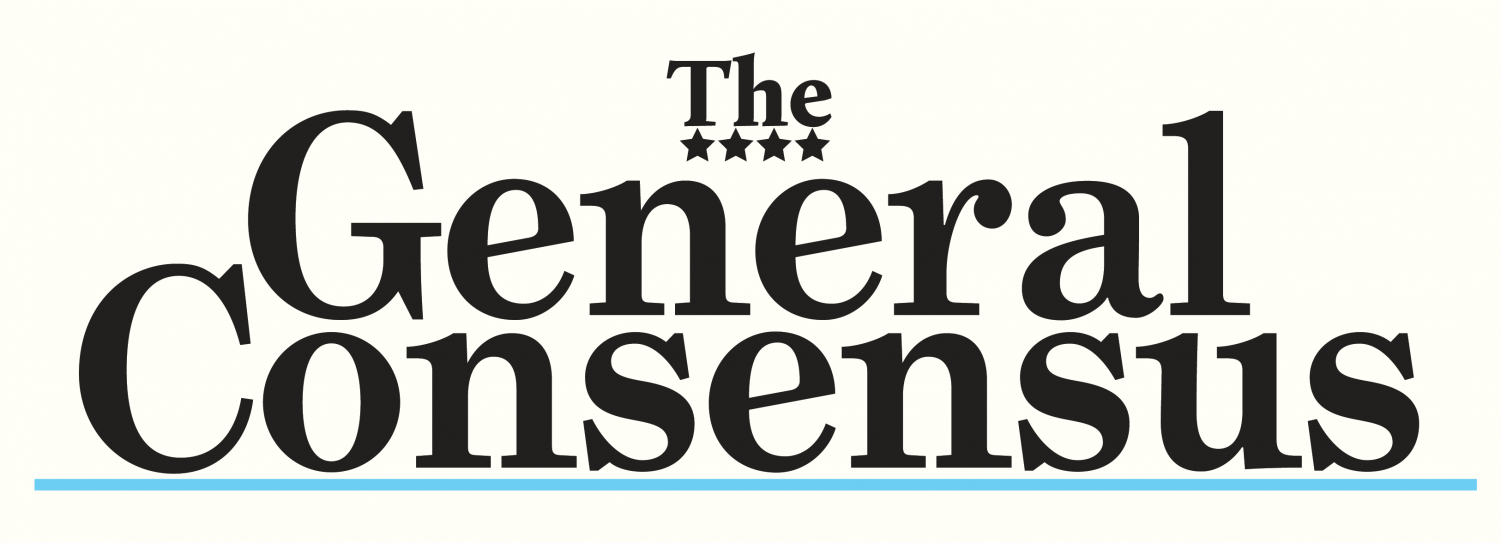

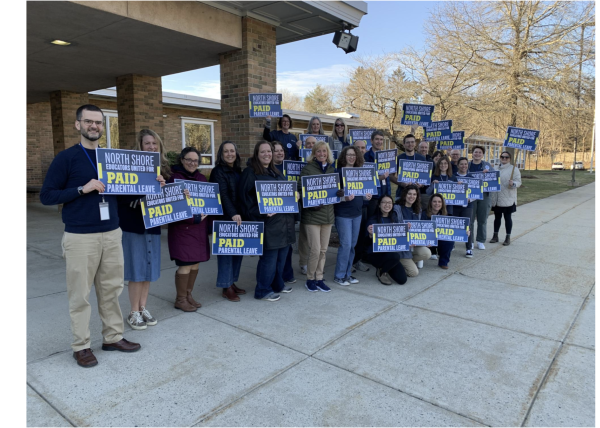




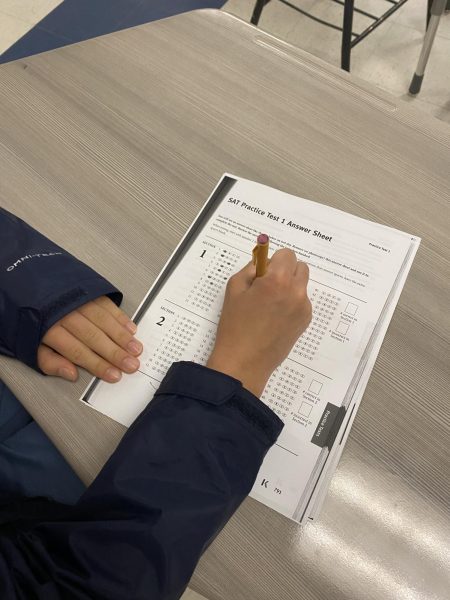
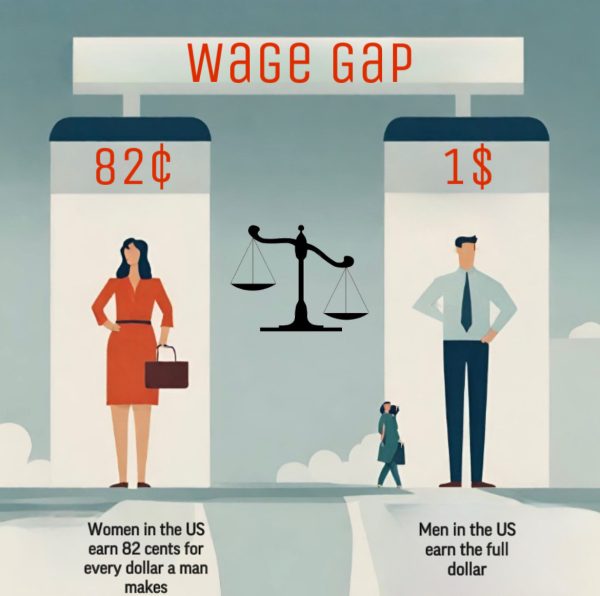
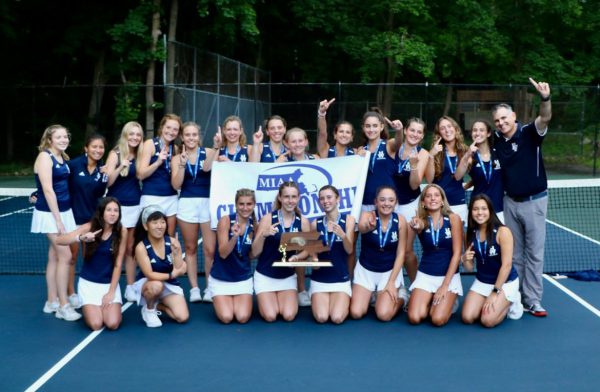

Daniel Rousseau • Feb 11, 2024 at 8:59 am
Cassi, I am a friend of Donna Gephart, and she is correct when she compiments you on your excellent and thoughtful essay. I have been a member of her writing group and was privileged to listen as she read to us her stories and her characters as she created them. I hope you will follow in her footsteps, and hone your writing skills so as to touch the hearts and lives of young people. Best of luck in your endeavors.
Donna Gephart • Mar 19, 2023 at 4:15 pm
Cassi Sullivan, this is an excellent, thoughtful essay. You are some writer! I’m so sorry for the bullying you experienced.
Cassi Sullivan • Jun 20, 2023 at 10:04 am
I just saw your comment now. Your comment means a lot to me, coming from such a well-established, talented author. I actually just completed my first novella in verse, so your comment is really encouraging.